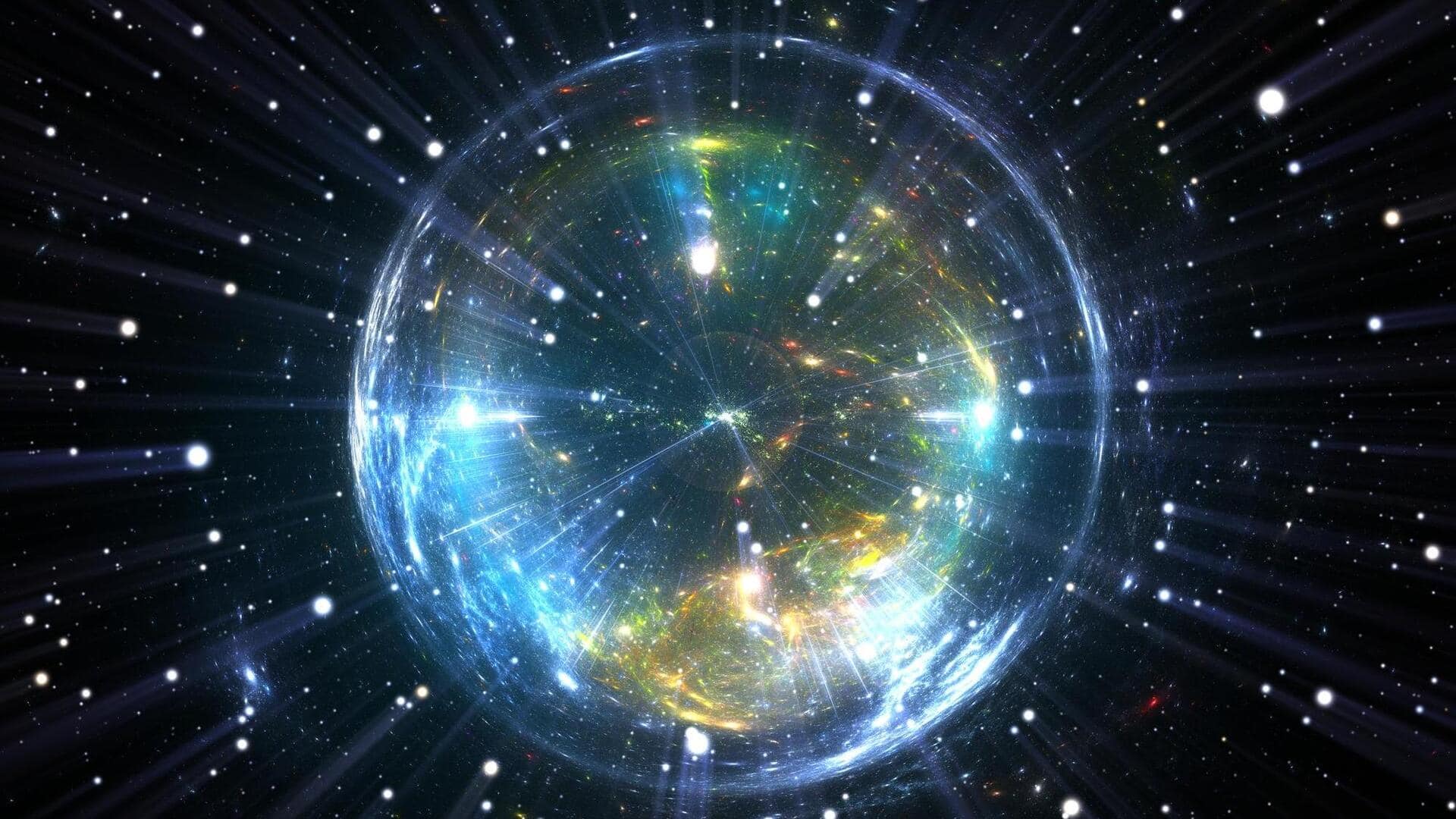
The universe will perish much sooner than we thought
What's the story
The universe is likely to decay at a much faster rate than previously thought, according to calculations by three Dutch scientists. They have found that the last remnants of stars will die in about 10^78 years. This is much shorter than the previous prediction of 10^1100 years. The researchers have detailed their findings in the Journal of Cosmology and Astroparticle Physics.
Team effort
Researchers behind the groundbreaking discovery
The researchers behind this groundbreaking discovery are black hole expert Heino Falcke, quantum physicist Michael Wondrak, and mathematician Walter van Suijlekom. All three scientists are associated with Radboud University in Nijmegen, Netherlands. Their current research builds on a paper they published in 2023, that proposed other celestial objects like neutron stars could also "evaporate" through a process similar to Hawking radiation.
Evaporation process
How long until the universe ends?
In their latest research, the team has calculated that if only Hawking-like radiation is considered, the end of the universe is about 10^78 years away. This duration is how long white dwarf stars, which are known for their resilience in space, take to decay via Hawking-like radiation. Previously unaccounted for in other studies, this effect had led earlier research to estimate a lifespan of white dwarfs at 10^1100 years.
Hawking radiation
Reinterpreting Hawking radiation to understand universe's end
The researchers' calculations are based on a reinterpretation of Hawking radiation. In 1975, physicist Stephen Hawking proposed that particles and radiation could escape from a black hole, contrary to the theory of relativity. At the edge of a black hole, two temporary particles can form; one particle is sucked into the black hole while the other escapes before they merge. This leads to very slow decay of a black hole into particles and radiation.
Surprising findings
Neutron stars and black holes share same decay time
The team also found that the process of Hawking radiation theoretically applies to other objects with a gravitational field. Their calculations showed that both neutron stars and stellar black holes decay in the same time: 10^67 years. This was surprising since black hole have a stronger gravitational field, which should make them evaporate faster. "But black holes have no surface," said Wondrak, "They reabsorb some of their own radiation which inhibits the process."
Human lifespan
How long will humans and Moon survive?
In their quest for knowledge, the researchers also calculated how long would it take for the Moon and a human to evaporate via Hawking-like radiation. They found that it would take 10^90 years. However, they noted that other processes could potentially cause humans and the Moon to disappear faster than estimated. Suijlekom emphasized the interdisciplinary nature of their research, stating it offers new insights by combining astrophysics, quantum physics, and mathematics.